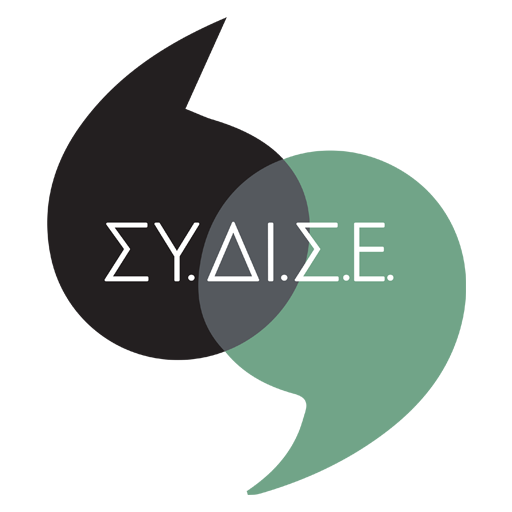In most cases, conference interpreters work from their passive languages into their mother tongue. The mother tongue is their active language and is sometimes known as the A-language.
Some interpreters have an excellent command of a language other than the native language and are able to work into that language from one or more of their other languages. They have a second active language. An interpreter who is able to work from his or her mother tongue into a second active language is said to do a retour. Some interpreters who have a retour language work into that language only in consecutive, not in simultaneous.
Passive languages are languages the interpreter fully understands and would most often speak to some extent, only not enough to work into that language.







